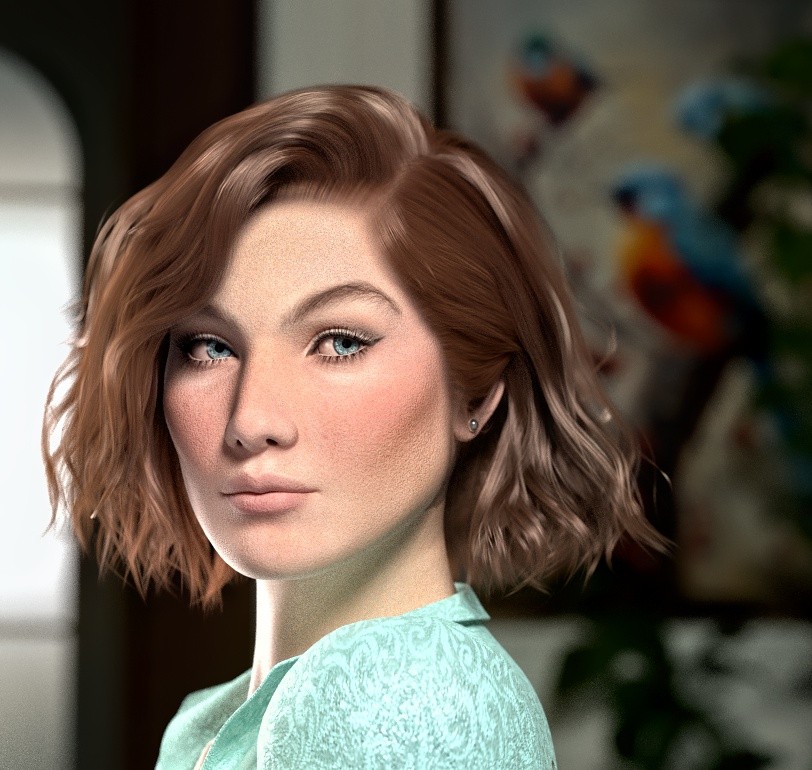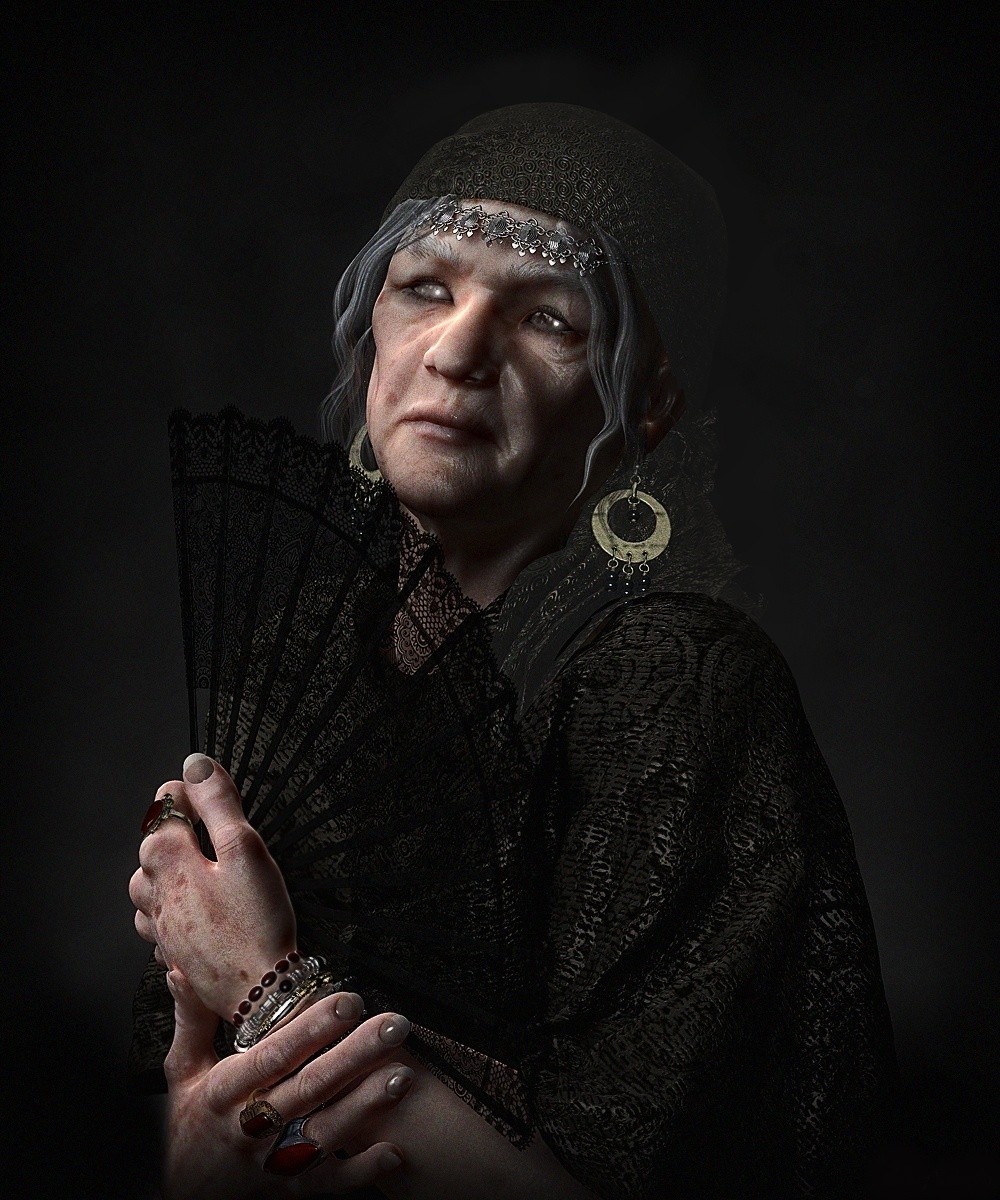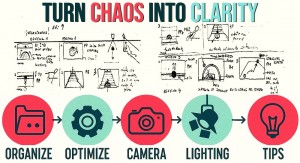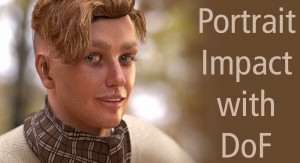Creating lifelike 3D characters in Poser can be incredibly rewarding—but it also comes with a unique challenge: the uncanny valley. This phenomenon occurs when a digital figure looks almost human, but not quite, triggering discomfort in viewers. The secret to sidestepping that eerie effect isn’t just technical precision—it’s emotional authenticity. By focusing on subtlety, imperfection, and human nuance, you can craft portraits that feel alive and relatable.
Keep Expressions Subtle
One of the most important elements in achieving realism is facial expression. While it’s tempting to crank up expression sliders for dramatic effect, this often results in exaggerated, unnatural looks.
When using pre-made expressions for still images don't apply them on the first frame. Applying them on Frame 15 or 30 will allow you to use the slider and find a more subtle instance of the expression.

Eyes That Speak
Eyes are especially critical—they’re the emotional anchor of any portrait and often the first thing viewers notice. Pay close attention to the eyebrows as well, which carry significant emotional nuance.
To make eyes feel alive, use high-resolution textures with detailed irises and subtle reflections. Avoid perfect symmetry by introducing slight variations in gaze direction or a hint of squint. Materials matter too. Be wary of burnt-in specular highlights and opt for more realistic textures. Ensure the cornea and sclera have realistic translucency and specular highlights.
Many Poser renders fall short because the eyes appear vacant or robotic. A touch of asymmetry and depth can transform them into windows of personality.
Break the Symmetry
Body language plays a major role in realism as well. Stiff, symmetrical poses instantly signal “CG.” Instead, introduce micro-movements—a gentle head tilt, uneven shoulders, relaxed hands.
Real people rarely stand in perfect balance, so break symmetry wherever possible. Reference photos are invaluable here, helping you capture natural posture and gesture. Even small adjustments can dramatically improve the believability of your character.
From Flat to Photoreal
Lighting is another powerful tool for emotional impact. Think like a portrait photographer: use soft shadows and indirect lighting to mimic real-world conditions. Rim lighting can add depth and help separate your character from the background. Avoid harsh or flat lighting unless it’s a deliberate stylistic choice. The way light interacts with your subject can either enhance realism or flatten it entirely.

Flaws Add Feeling
Skin and surface materials are often where the uncanny valley creeps in. Perfectly smooth skin looks artificial. Instead, use Subsurface Scattering (SSS) to simulate light passing through skin layers, and apply bump maps for pores, fine wrinkles, and texture. Don’t shy away from imperfections—freckles, scars, and uneven tones add authenticity. Real skin has character, and embracing that helps your render feel more human.
Real Isn't the Only Route
Finally, remember that realism isn’t always the goal. If your render feels too eerie, consider leaning into stylization. Painterly or toon-style approaches can bypass the uncanny valley entirely. Viewers are more forgiving of stylized characters—they don’t expect perfection, just personality. Sometimes, embracing artistic flair is the best way to connect.
Even simple skills can create powerful portraits when you focus on emotion.
The uncanny valley isn’t a wall—it’s a threshold. Cross it with care, and your characters will truly come to life.
The uncanny valley isn’t a wall—it’s a threshold. Cross it with care, and your characters will truly come to life.
.png)





